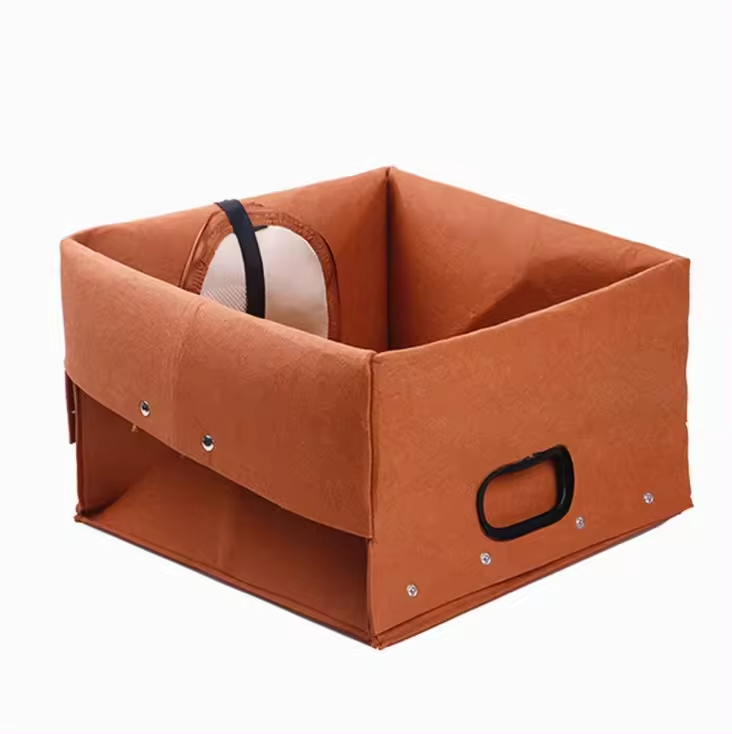How to Build Acoustic Panels A Step-by-Step Guide
Creating an optimal acoustic environment in a room is crucial for activities that require sound clarity, such as recording music, dancing, or even enjoying a peaceful movie night. One effective solution for soundproofing and improving sound quality is building your own acoustic panels. This guide will walk you through the process of creating cost-effective and aesthetically pleasing acoustic panels.
What You’ll Need
Before you can get started, gather the following materials
- Wood Plywood or MDF panels for the frame. - Insulation Material Acoustic foam or mineral wool for absorption. - Fabric Upholstery-grade fabric that complements your décor. - Staple Gun or Wood Glue To secure the fabric and insulation. - Saw For cutting wood to size. - Drill and Screws For assembling the frame. - Measuring Tape and Level To ensure accuracy.
Step 1 Measure the Space
Begin by measuring the space where you intend to install the acoustic panels. Consider the dimensions of the wall or area that requires sound treatment. A common size for acoustic panels is 2 feet by 4 feet, but you can customize the dimensions to suit your needs.
Step 2 Build the Frame
Using your measurements, cut your wood into the appropriate lengths to create a frame. A simple rectangular frame will work well. Use the drill and screws to assemble the frame securely. If you wish, you can add a back panel for extra sturdiness.
Step 3 Add Insulation
Once the frame is complete, it’s time to insert the insulation material. Cut your acoustic foam or mineral wool to fit snugly inside the frame. Make sure the insulation fills the frame completely, as this will enhance its sound-absorbing capabilities.
how to build acoustic panels

Step 4 Cover with Fabric
Next, lay your fabric on a flat surface and place the frame with the insulation on top of it. Pull the fabric over the frame, ensuring it is taut and free of wrinkles. Use the staple gun or wood glue to secure the fabric to the back of the frame. This step is crucial, as it will give your panels a professional finish and help with sound absorption.
Step 5 Install the Panels
Decide where you would like to hang your acoustic panels. A common recommendation is to position panels at first reflection points, which are typically located on the side walls, ceilings, or directly behind the listening or recording area. Use a level to ensure that the panels are hung straight. You can secure the panels with mounting brackets, picture hooks, or even adhesive strips, depending on your wall type and preference.
Step 6 Test and Adjust
Once your panels are installed, it’s time to test your space’s acoustics. Make some noise and listen for differences before and after installing the panels. You may find that additional panels are needed or that certain areas require adjustments. Don’t hesitate to tweak their positions until you achieve the ideal sound.
Aesthetic Considerations
While functionality is vital, aesthetics should not be overlooked. Choose fabrics that match your home’s interior design. You can also create designs with multiple fabrics or paint the frames to make your panels pop, turning them into an attractive feature in your space.
Conclusion
Building acoustic panels is a rewarding and practical DIY project that can significantly enhance the sound quality in any room. By following these steps, you can create high-quality panels that not only improve acoustics but also match your style. With a bit of patience and creativity, you’ll enjoy an enhanced auditory experience in your home or studio in no time. Happy building!
-
Wooden Sound Proof Panels for Conference RoomsNewsJun.13,2025
-
Maintenance Tips for Felt Wall PanelsNewsJun.13,2025
-
How to Clean and Maintain a Pet Snuffle MatNewsJun.13,2025
-
Custom Shapes and Sizes for Polyester Fiber Acoustic PanelsNewsJun.13,2025
-
Best Sound Proof Panels for Home TheatersNewsJun.13,2025
-
Benefits of Wooden Acoustic Wall Panels for Home TheatersNewsJun.13,2025
